Condensation: ANSYS Fluent Training Package, 5 Advanced CFD Simulations
$399.00 $199.50 Student Discount
- Master advanced condensation modeling with custom UDF implementations
- Learn complex membrane distillation simulation techniques
- Develop expertise in porous media heat and mass transfer
- Validate sophisticated air-cooled steam condenser designs
- Apply advanced numerical methods to HDH systems
- Perfect multi-physics modeling for industrial applications
To Order Your Project or benefit from a CFD consultation, contact our experts via email (info@mr-cfd.com), online support tab, or WhatsApp at +44 7443 197273.
There are some Free Products to check our service quality.
If you want the training video in another language instead of English, ask it via info@mr-cfd.com after you buy the product.
Description
Advanced Condensation Analysis: Complex Physics and Custom Implementation
Sophisticated Numerical Approaches
This advanced-level training package delves into complex condensation phenomena, focusing on custom programming solutions and advanced physical models. Using ANSYS Fluent, participants master sophisticated approaches to solving challenging engineering problems.
Advanced Modeling Framework
The course structure progresses through complex physical interactions, custom UDF development, and validation techniques, establishing a comprehensive understanding of advanced simulation requirements.
Core Technical Modules
Custom Implementation Techniques
Beginning with Mass Transfer Macro UDF development, the course establishes advanced programming techniques for modeling evaporation and condensation rates. This foundation enables precise control over phase change phenomena and mass transfer processes.
Complex System Analysis
The training advances to sophisticated Air Gap Membrane Distillation (AGMD) simulation, incorporating complex membrane physics and multi-phase interactions. This module demonstrates the integration of advanced transport phenomena in specialized separation processes.
Industrial Applications
The course explores complex industrial applications through Humidification Dehumidification (HDH) systems and Air-Cooled Steam Condenser (ACSC) performance analysis, incorporating validation techniques and performance optimization methods.
Advanced Implementation Strategies
Multi-Physics Integration
The comprehensive approach culminates in analyzing evaporation-condensation processes in porous heat exchangers, combining complex physics of porous media with phase change phenomena. Each module contributes to developing advanced problem-solving capabilities.
Validation and Optimization
Understanding complex interactions between different physical phenomena and their implementation in numerical simulations, enabling accurate prediction and optimization of real-world systems through validated approaches.
This advanced-level course synthesizes sophisticated numerical methods with practical engineering applications, preparing specialists for complex condensation simulation challenges. The progression builds comprehensive expertise in handling advanced multi-physics problems, enabling engineers to address the most demanding aspects of condensation process design and analysis.
The course emphasizes practical implementation through validated case studies while maintaining focus on advanced theoretical concepts. This balanced approach ensures participants develop both deep technical understanding and practical simulation skills necessary for complex industrial applications.
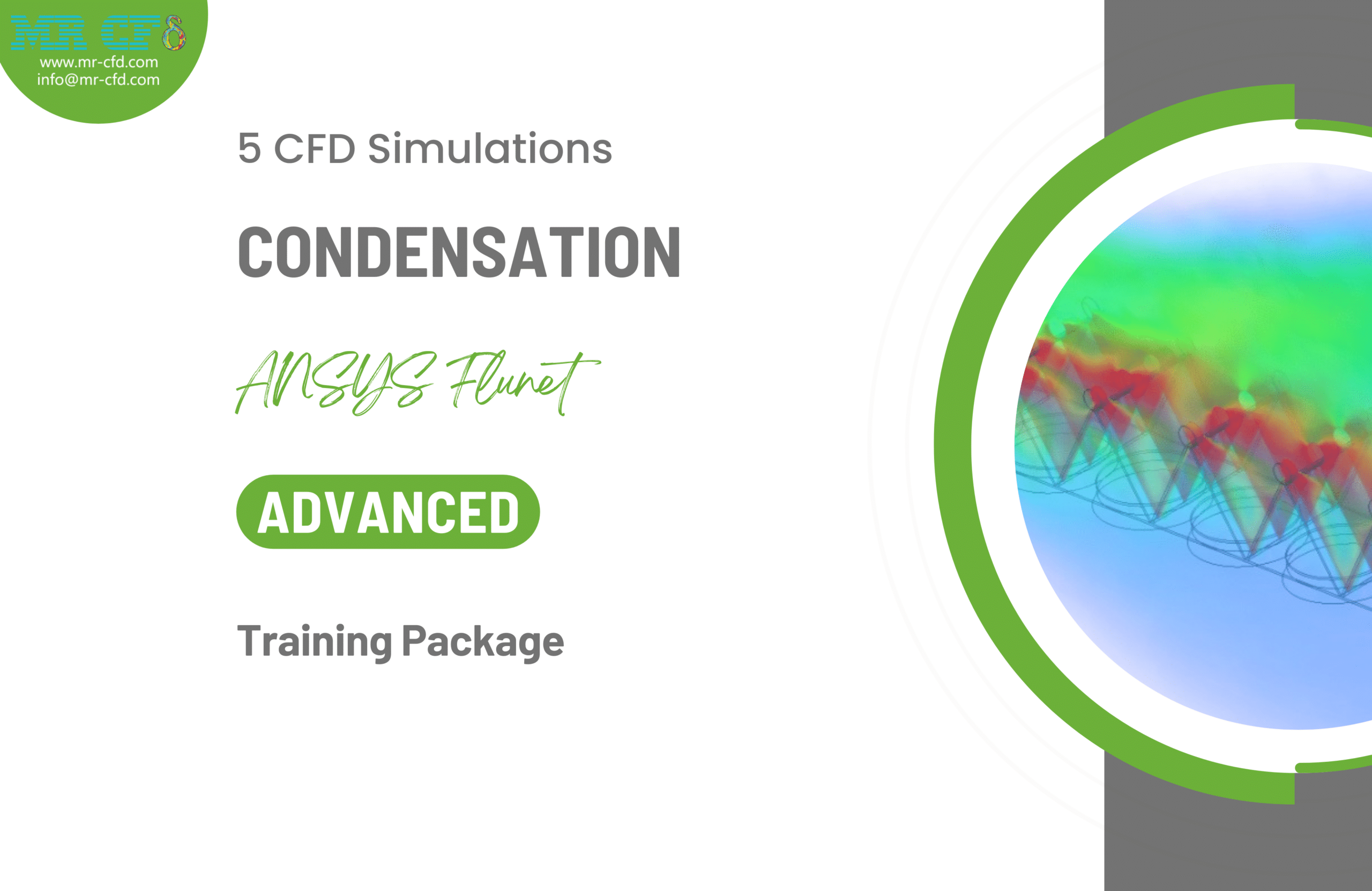
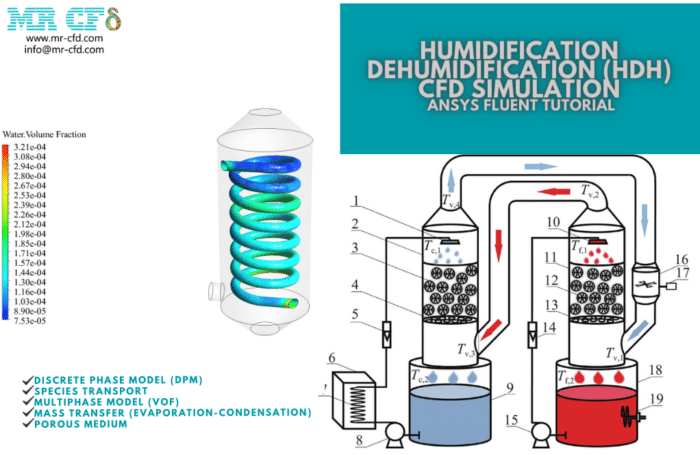
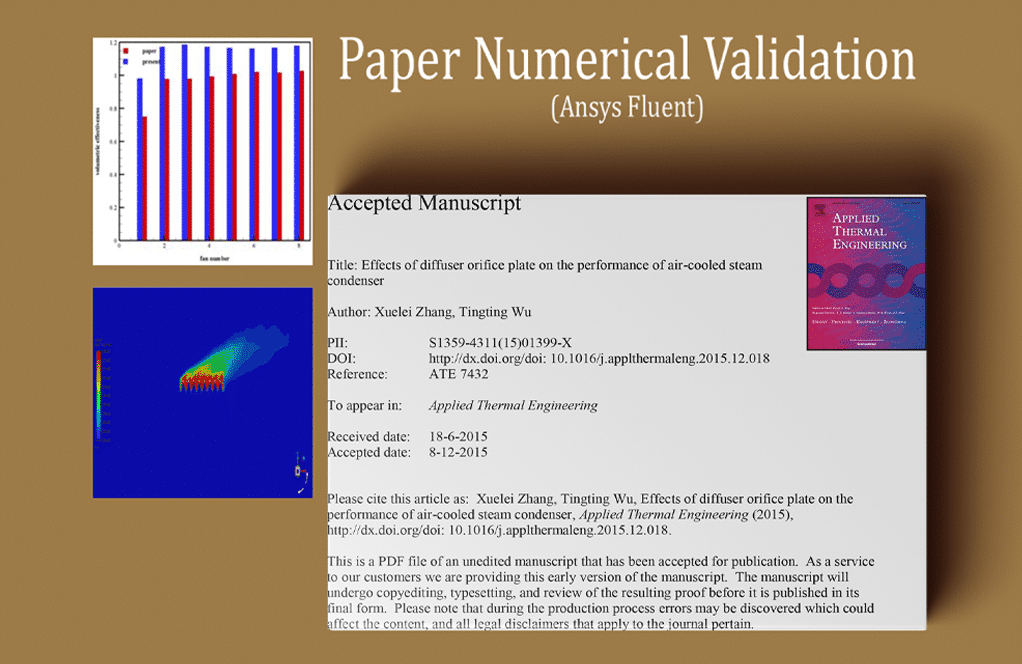
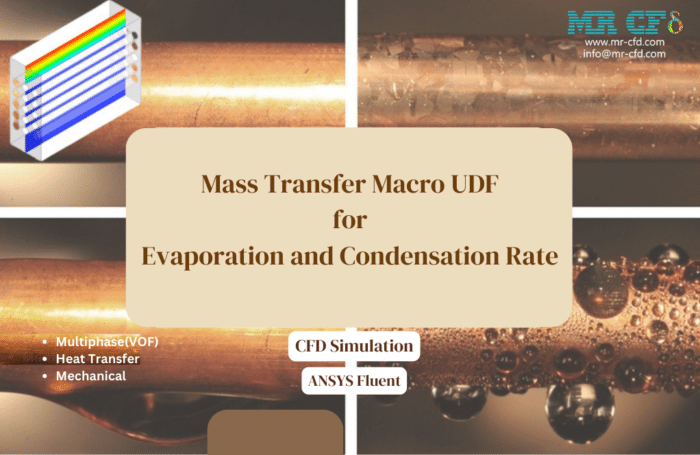
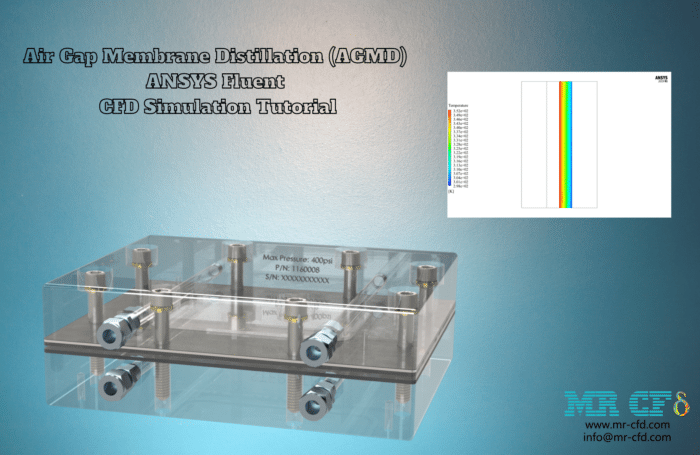
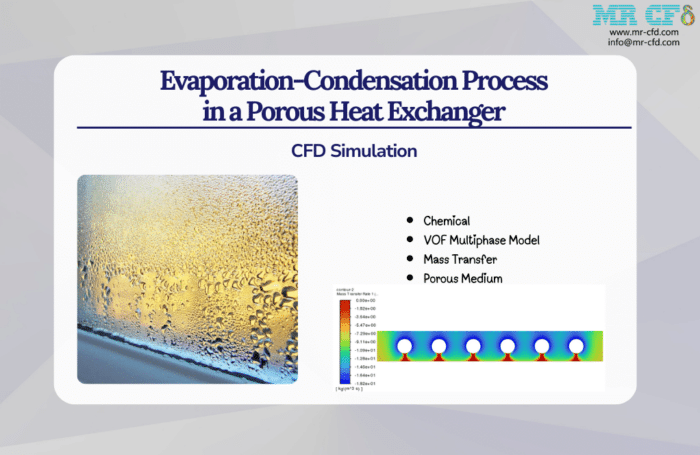
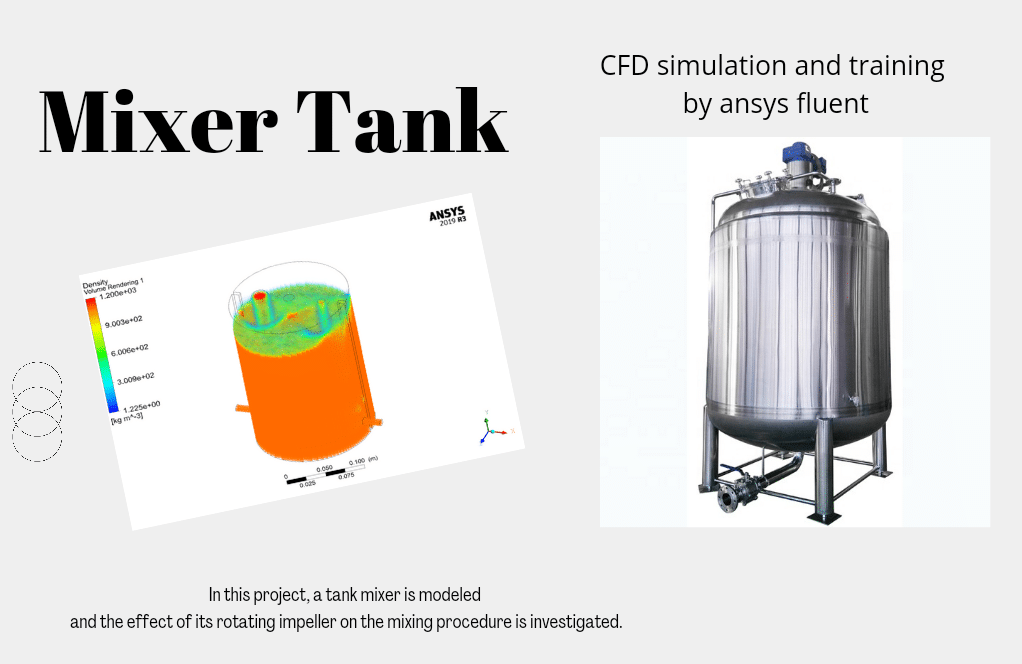
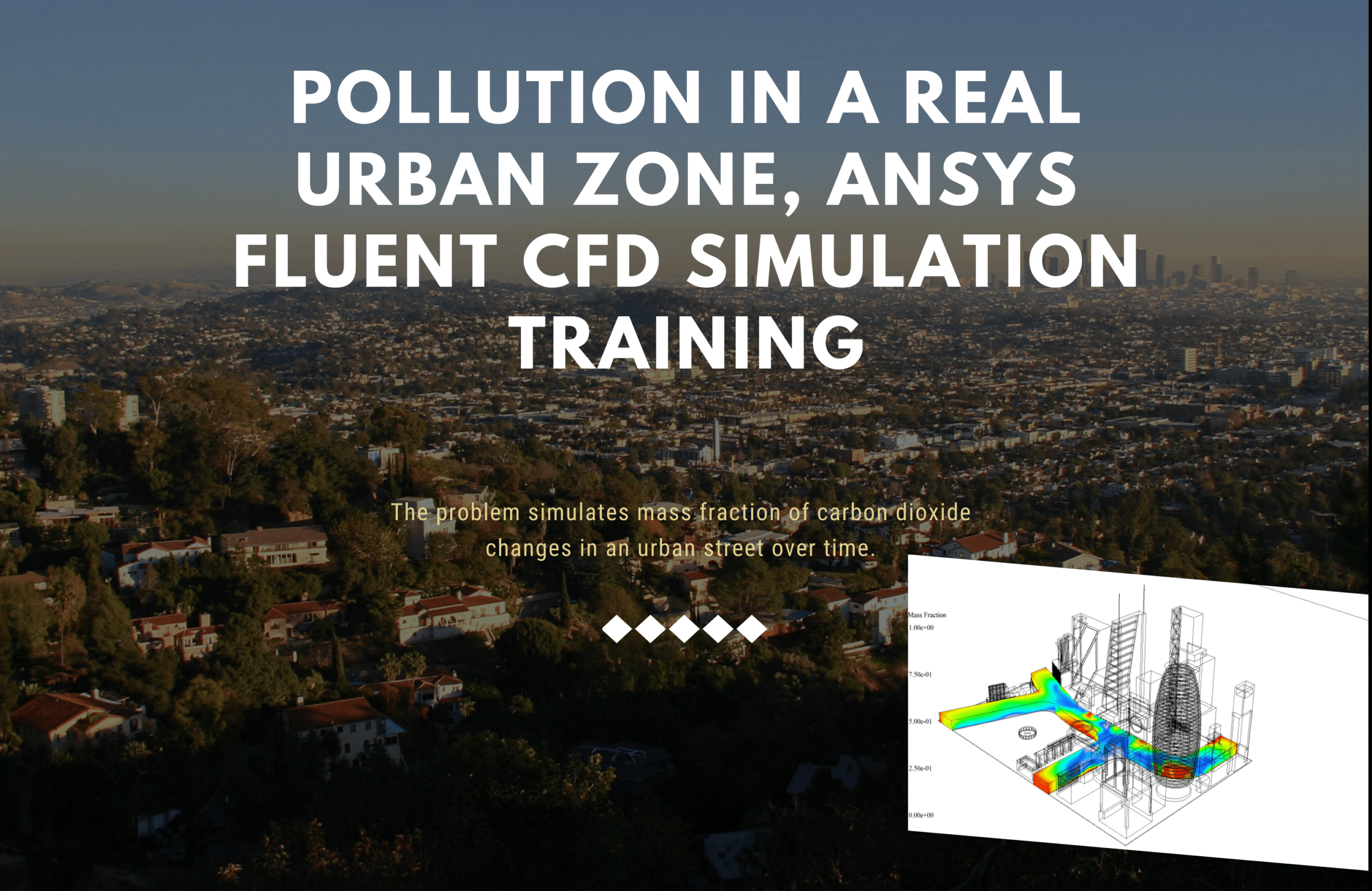
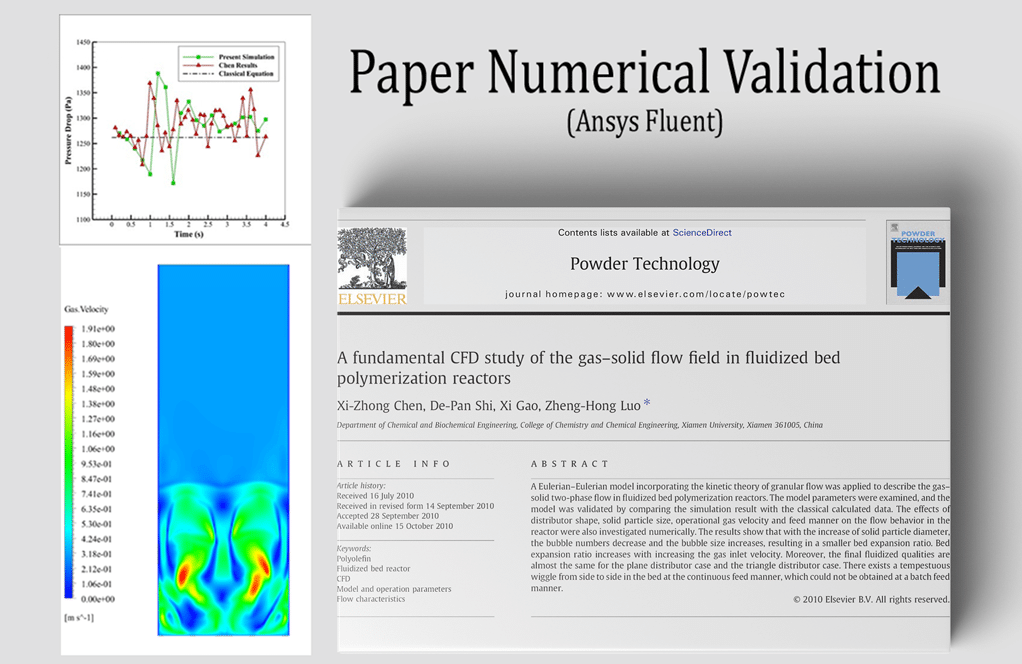

Reviews
There are no reviews yet.